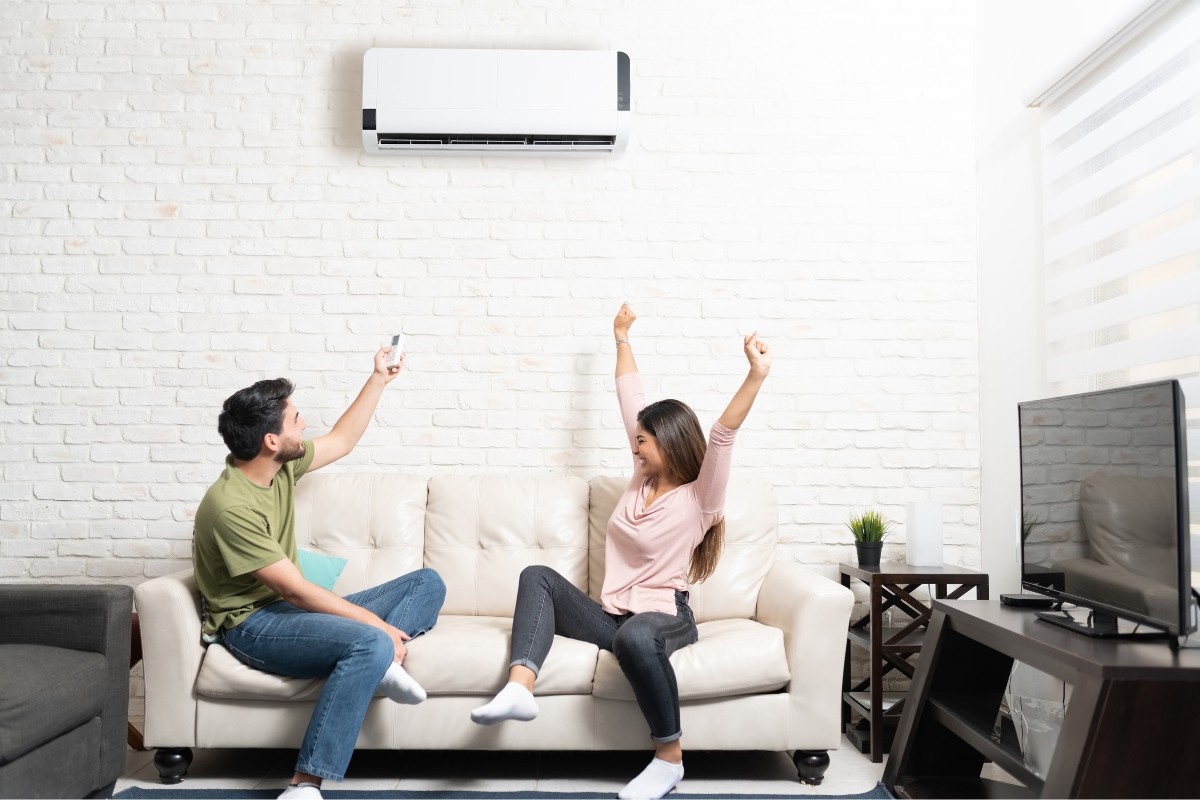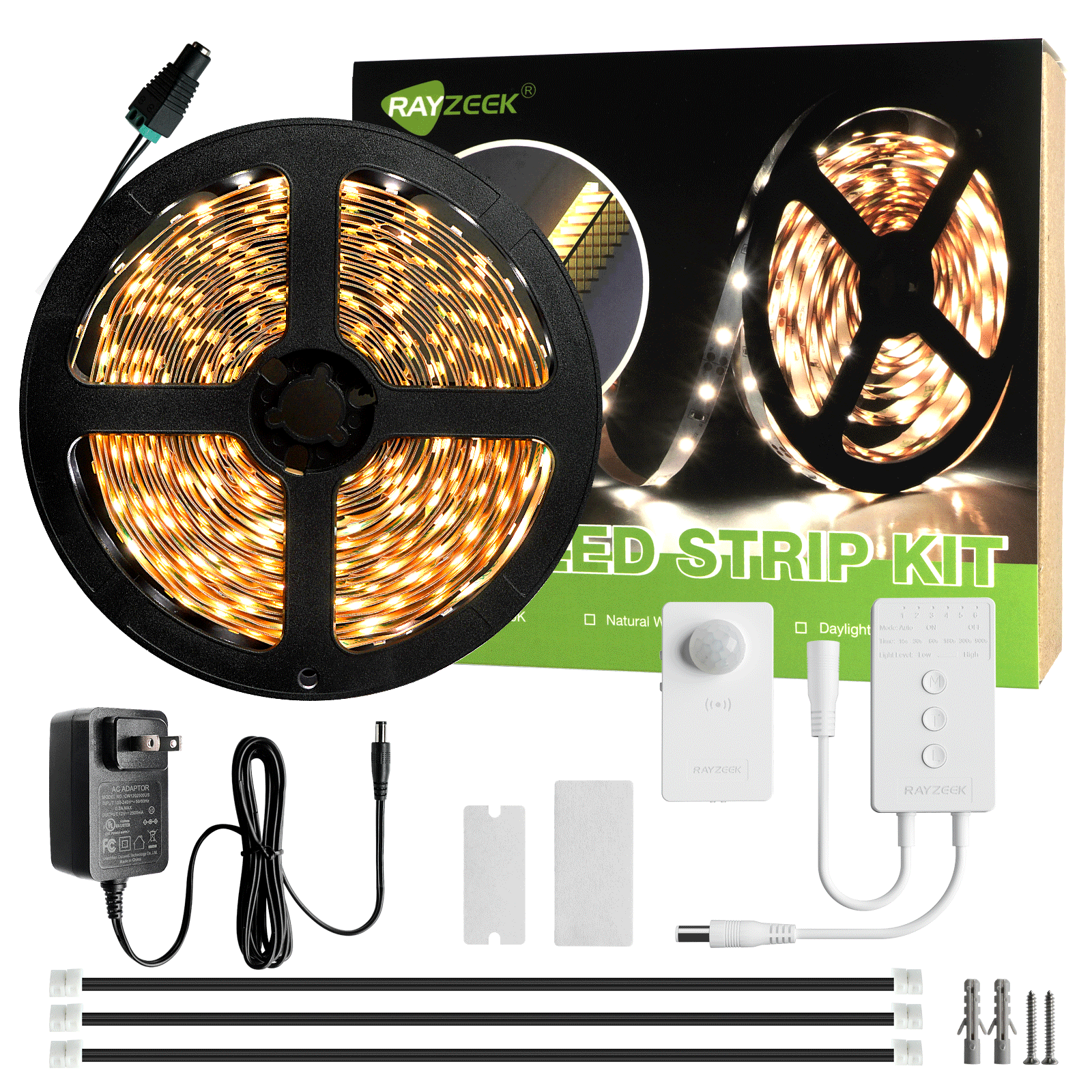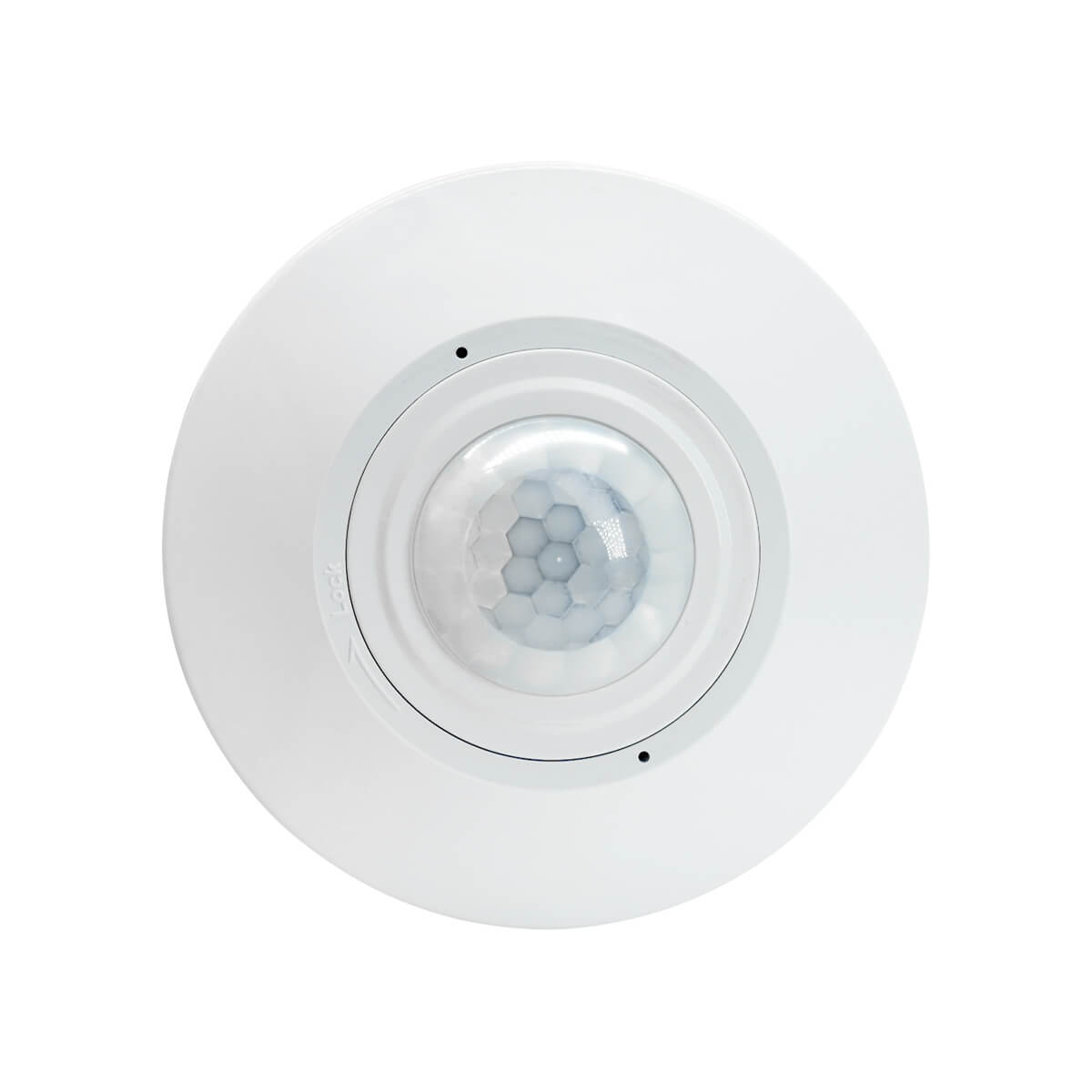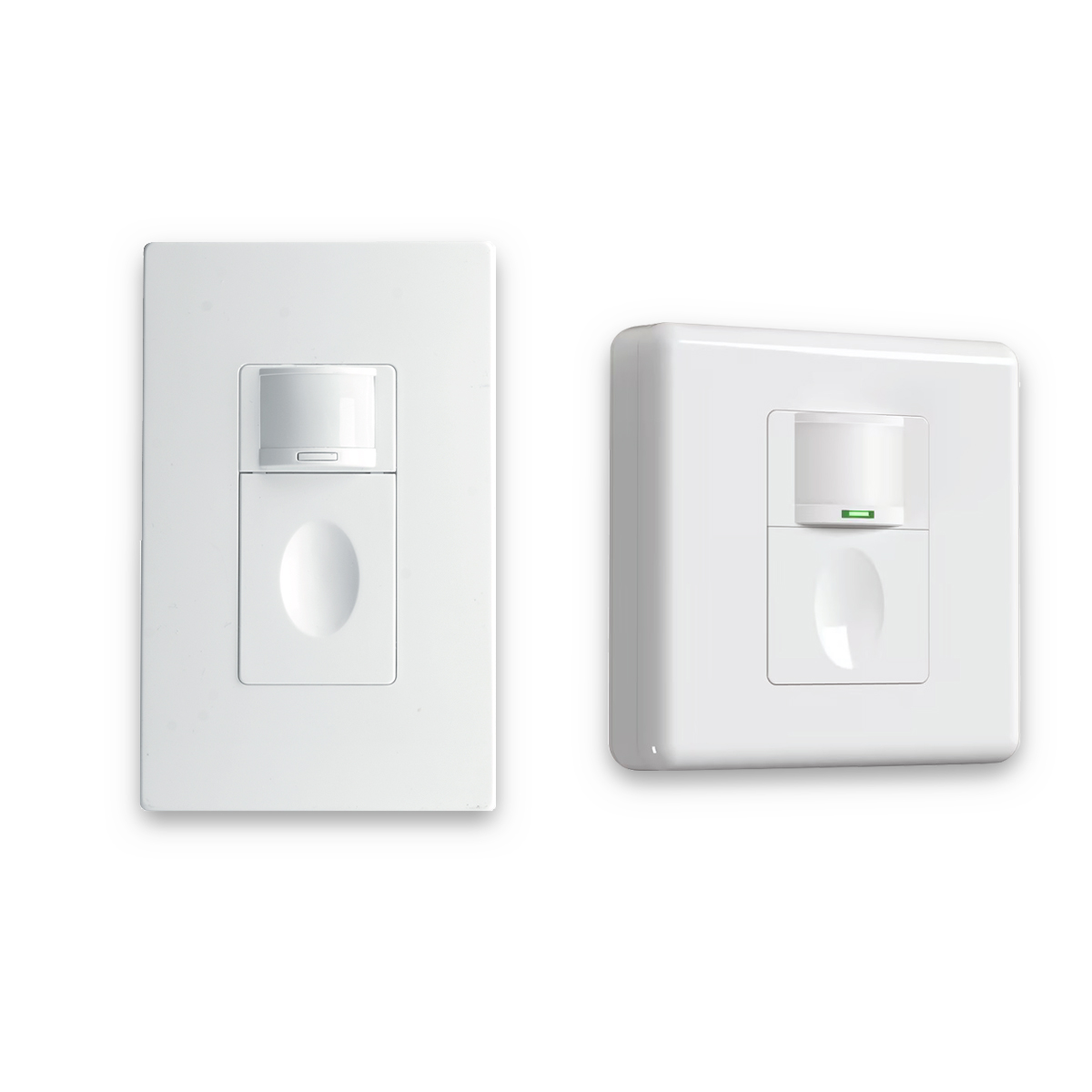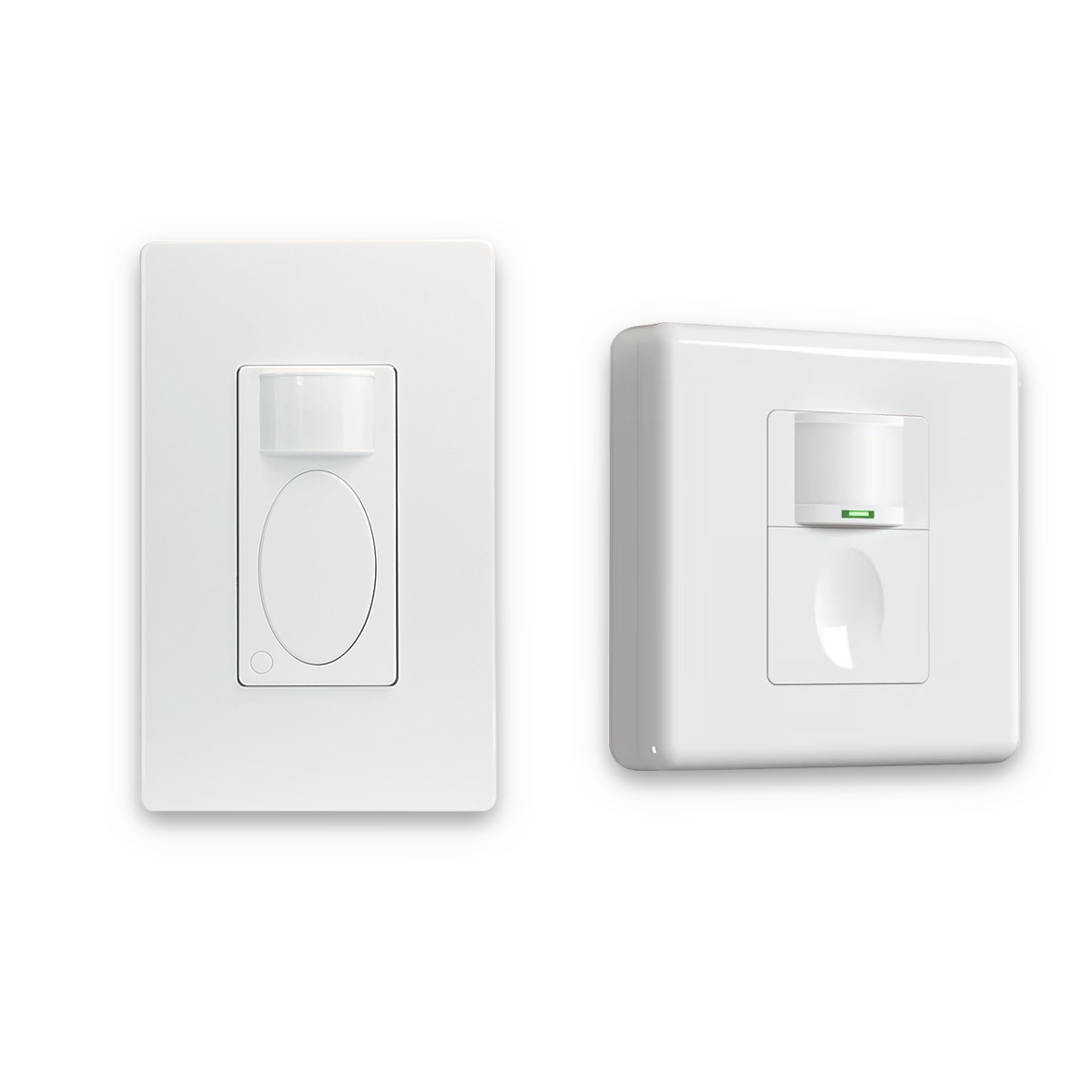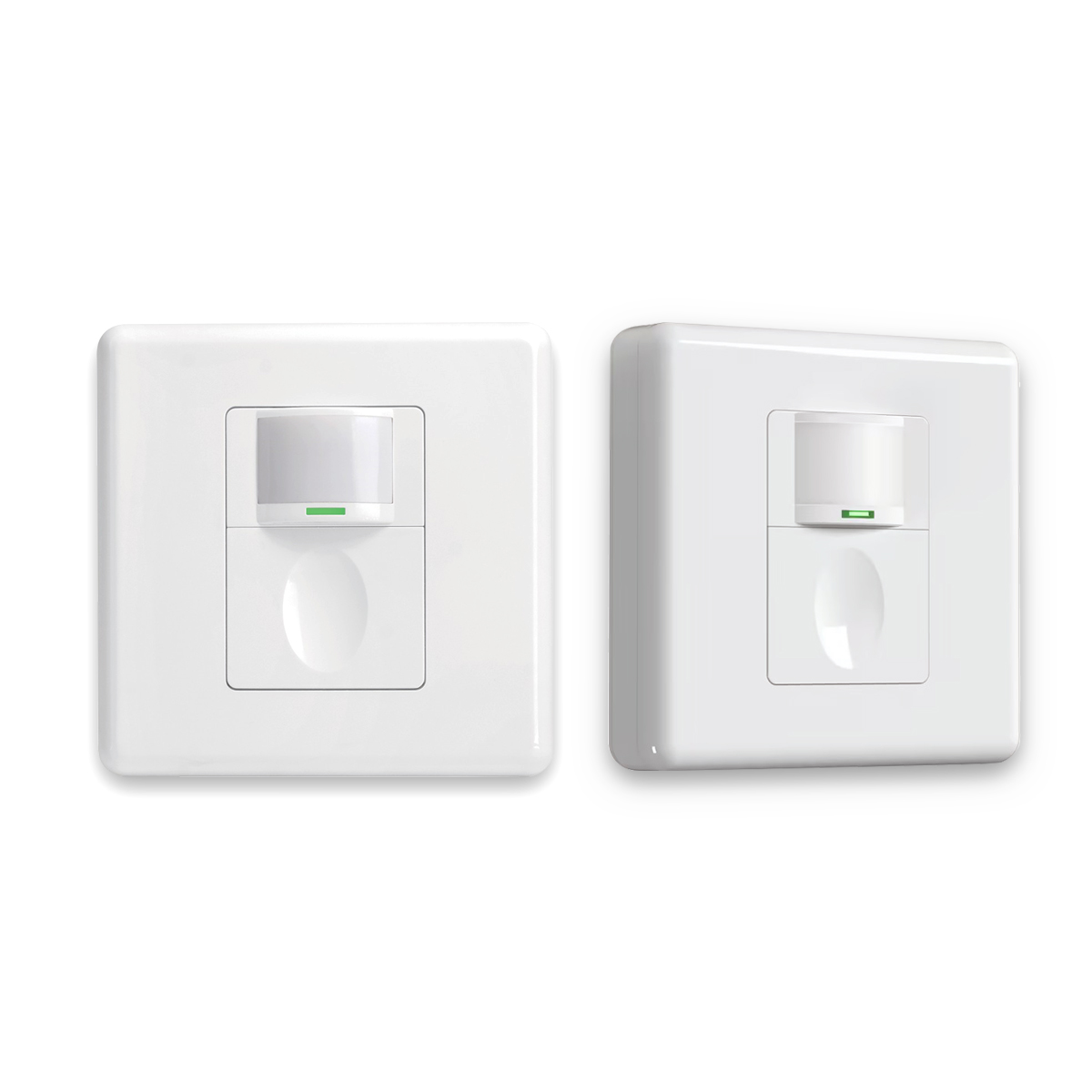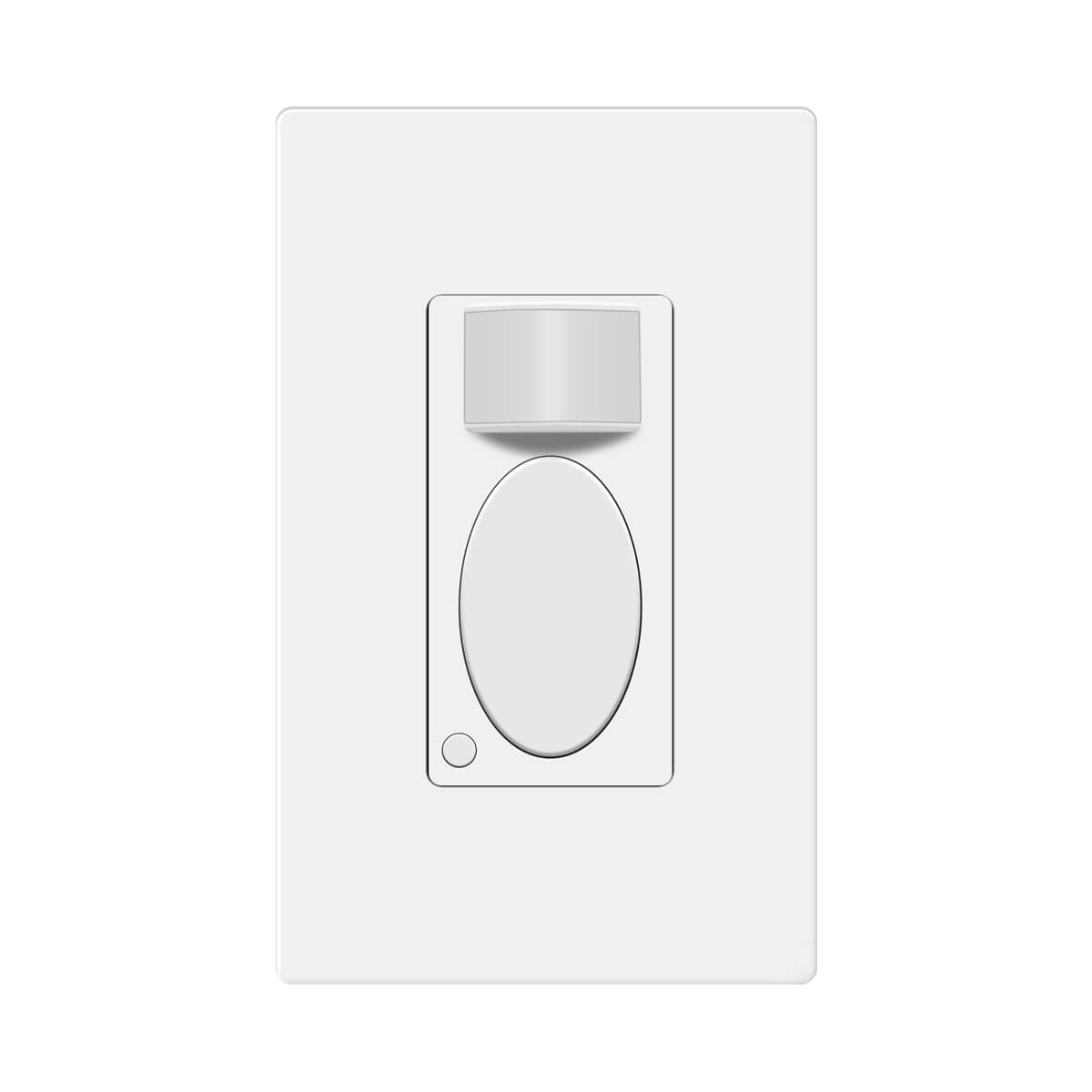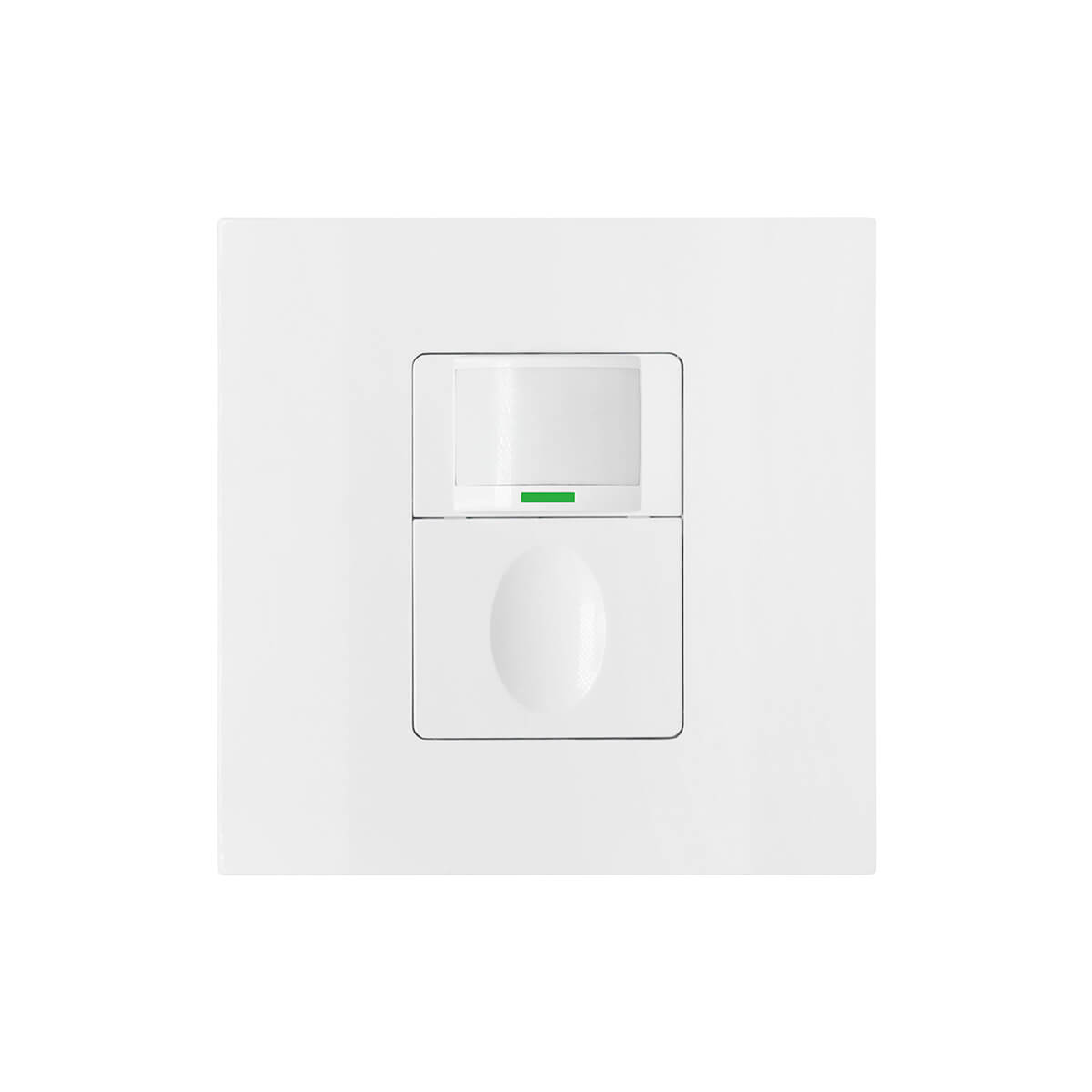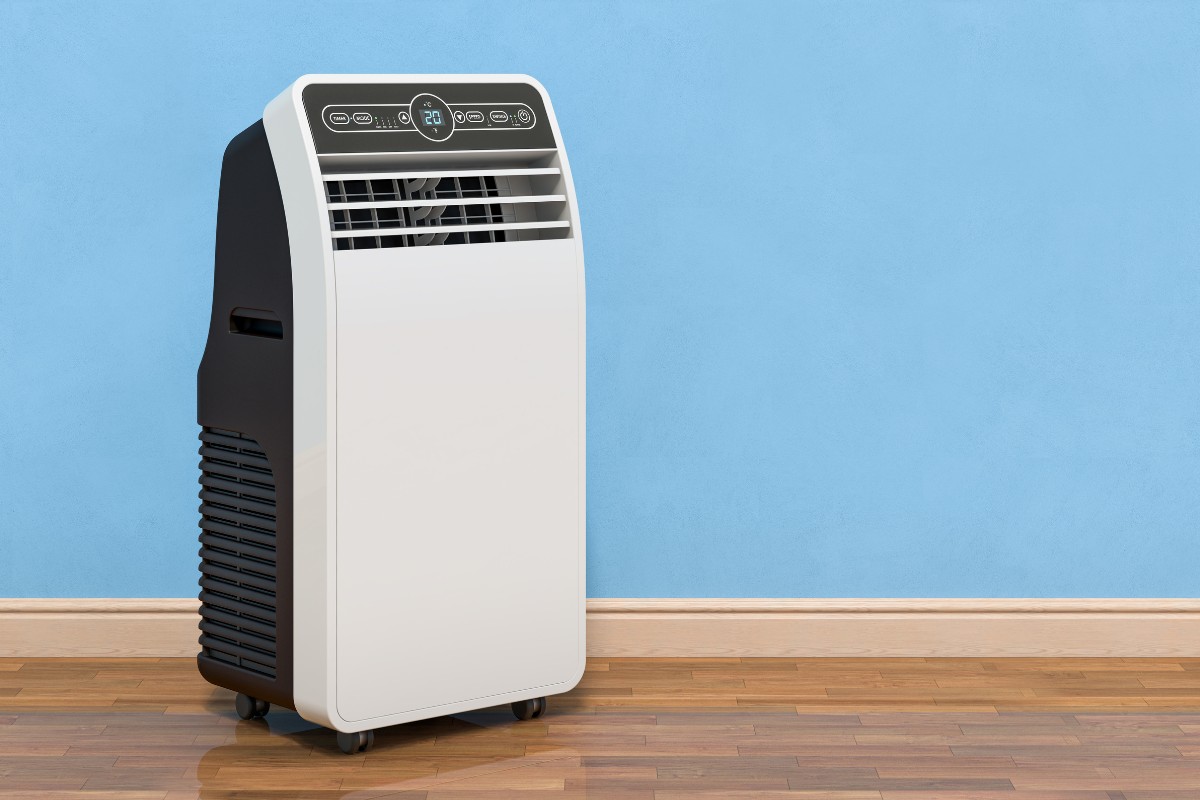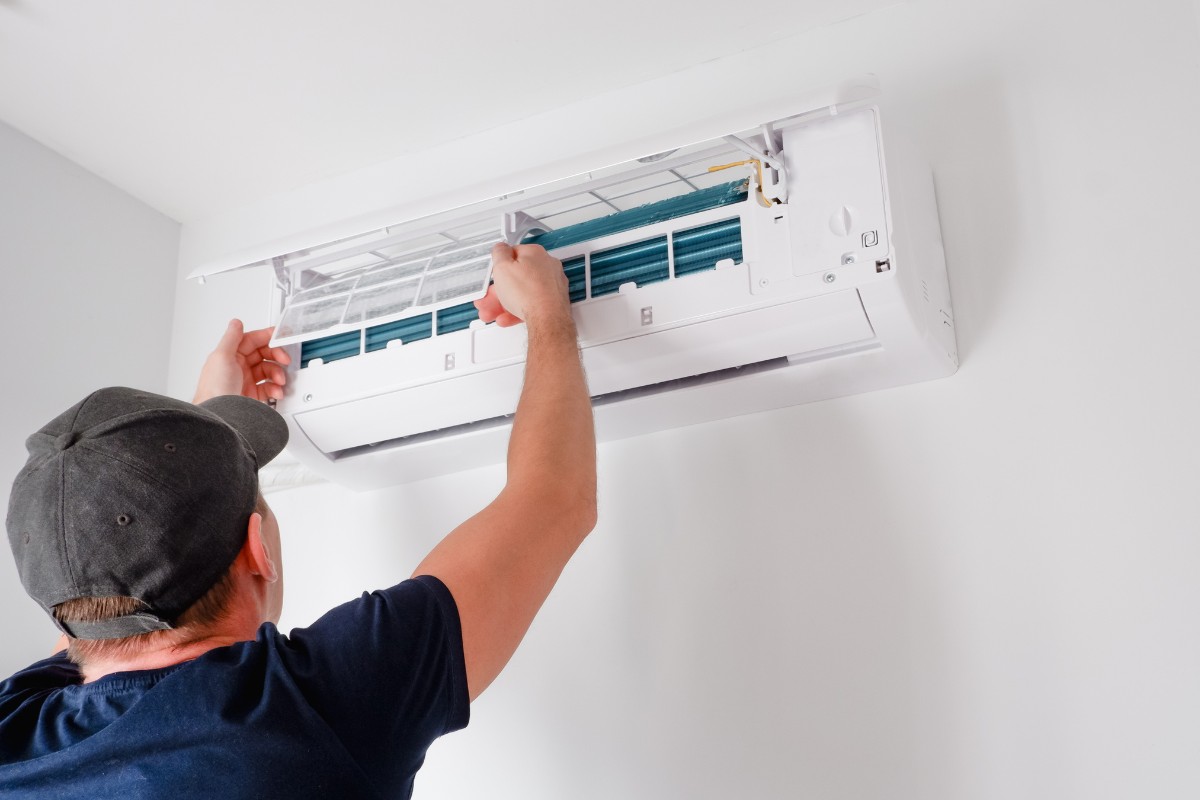In an era where energy efficiency and personalized comfort are becoming increasingly important, many are rethinking their home cooling and heating options. Have you ever wondered if there’s a more efficient way to cool your home than relying on traditional central air conditioning or noisy window units? Enter the mini-split air conditioner, a ductless system that’s rapidly gaining popularity. This article provides a comprehensive overview of mini-split systems, exploring their components, operation, benefits, drawbacks, and comparisons to other cooling options. Whether you’re simply curious about this technology or a seasoned researcher looking for in-depth information, this guide will equip you with a thorough understanding of mini-split air conditioners.
미니 스플릿 에어컨이란 무엇인가요?
덕트리스 미니 스플릿이라고도 하는 미니 스플릿 에어컨은 기존의 덕트 없이도 냉난방을 제공하는 냉난방 시스템의 일종입니다. 건물 전체에 공기를 분배하기 위해 덕트 네트워크에 의존하는 중앙 냉난방 시스템과 달리 미니 스플릿은 냉매 라인을 통해 실외 컴프레서/콘덴서에 연결된 개별 실내기를 활용합니다.
Each indoor unit is responsible for cooling (or heating) a specific zone or area. This allows for independent temperature control in different parts of a building. Imagine being able to keep your bedroom cool at night without having to freeze the rest of the house! Mini-splits offer an efficient and flexible alternative to traditional HVAC systems, especially in situations where installing ductwork is impractical or cost-prohibitive, such as in older homes or new additions.
Types of Mini Split Systems
Mini-split systems come in two primary configurations: single-zone and multi-zone.
Single-Zone Mini Splits
Single-zone mini-split systems are the simplest configuration, consisting of one indoor unit connected to one outdoor unit. These systems are designed to efficiently cool or heat a single room or area. They are an ideal solution for smaller spaces, home additions, or rooms that are not adequately served by a central HVAC system. For example, a single-zone system might be the perfect solution for a newly finished basement, a home office, or a sunroom that tends to get too hot in the summer.
Multi-Zone Mini Splits
Multi-zone mini-split systems take the concept a step further by connecting multiple indoor units to a single outdoor unit. This configuration allows you to cool or heat multiple rooms or zones independently, each with its own temperature setting. Multi-zone systems are well-suited for larger homes or buildings where different areas have varying temperature requirements. For instance, you could have one unit cooling the living room, another for the kitchen, and separate units for each bedroom, all connected to the same outdoor unit. While offering greater flexibility and customization, multi-zone systems are typically more expensive than single-zone systems.
Choosing the Right Mini Split Size
Proper sizing is crucial for optimal performance and efficiency of a mini-split system. The cooling capacity of air conditioners is measured in British Thermal Units (BTUs). A BTU is the amount of heat required to raise the temperature of one pound of water by one degree Fahrenheit. As a general rule of thumb, you’ll need about 20 BTUs per square foot of living space.
However, several factors can influence the required size:
- Room size (square footage): Larger rooms require more cooling capacity.
- Ceiling height: Higher ceilings increase the volume of air to be cooled.
- Insulation quality: Well-insulated rooms retain cool air better, reducing the cooling load.
- Number and size of windows: Windows can let in significant heat, especially if they are south-facing.
- Local climate: Hotter climates require more cooling power.
- Heat-generating appliances: Kitchens and rooms with electronics may need additional cooling.
It’s important to avoid oversizing or undersizing the system. Oversized units can lead to short cycling, where the unit turns on and off too frequently. This reduces efficiency, shortens the lifespan of the equipment, and results in poor humidity control. On the other hand, undersized units will struggle to cool the space adequately, leading to discomfort and increased energy consumption.
To determine the precise cooling capacity needed, professional HVAC contractors use Manual J load calculations. This comprehensive assessment considers all the factors mentioned above to ensure the system is perfectly matched to your home’s needs.
Key Components of a Mini Split
To understand how a mini-split works, it’s helpful to know its main components:
Indoor Unit
The indoor unit, also known as the air handler or evaporator unit, is the part of the system you see mounted inside your room. It can be installed on a wall, ceiling, or floor, depending on the model and your preference. Inside, it contains an evaporator coil, air filter, fan, and directional louvers.
The evaporator coil is where the magic happens. It absorbs heat from the indoor air, cooling it down. The fan then circulates this cooled air throughout the room, while the air filter removes dust, pollen, and other airborne particles, improving indoor air quality. The louvers can be adjusted to direct the airflow for optimal comfort, ensuring the cool air reaches every corner of the room.
Outdoor Unit
The outdoor unit, also known as the compressor/condenser unit, is located outside the building, typically on a concrete pad. It houses the compressor, condenser coil, and a fan. The compressor is the heart of the system, circulating refrigerant between the indoor and outdoor units.
The condenser coil’s job is to release the heat absorbed from the indoor air to the outside. The fan helps dissipate this heat, keeping the system running efficiently. The outdoor unit is designed to withstand the elements and operate quietly, so it doesn’t disturb your outdoor activities.
Refrigerant Lines
Refrigerant lines are copper tubing that connects the indoor and outdoor units, forming a closed loop for the refrigerant to flow through. There are two main lines: a liquid line and a suction line. The liquid line carries high-pressure liquid refrigerant from the outdoor unit to the indoor unit, while the suction line carries low-pressure refrigerant vapor back to the outdoor unit.
These lines are insulated to prevent energy loss and ensure the system operates efficiently. The type of refrigerant used can vary, but many modern systems use environmentally friendly options like R-410A.
Condensate Drain Line
The condensate drain line is a small-diameter pipe that carries away condensation produced by the indoor unit. As the evaporator coil cools the air, water vapor in the air condenses into liquid form. This is similar to how water droplets form on the outside of a cold glass on a hot day.
레이직 모션 센서 포트폴리오에서 영감을 얻으세요.
원하는 것을 찾지 못하셨나요? 걱정하지 마세요. 문제를 해결할 수 있는 다른 방법은 항상 있습니다. 저희 포트폴리오 중 하나가 도움이 될 수 있습니다.
The condensate drain line carries this water outside or to a drain, preventing water damage and mold growth. Proper drainage is essential for maintaining a healthy indoor environment and ensuring the longevity of your system.
미니 스플릿은 어떻게 작동하나요?
미니 스플릿은 다른 에어컨과 유사한 냉동 사이클에 따라 작동합니다. 이 사이클에는 실내기와 실외기 사이의 냉매가 지속적으로 순환하여 내부에서 외부로 열을 전달하는 과정이 포함됩니다.
Cooling Mode:
- The compressor in the outdoor unit compresses the refrigerant, increasing its temperature and pressure, turning it into a hot, high-pressure gas.
- This hot refrigerant flows to the condenser coil, where it releases heat to the outside air. The fan in the outdoor unit helps with this heat dissipation.
- As the refrigerant loses heat, it condenses into a high-pressure liquid.
- The liquid refrigerant travels through the liquid line to the indoor unit.
- In the indoor unit, the refrigerant passes through an expansion valve, which significantly reduces its pressure and temperature.
- The now cold, low-pressure refrigerant enters the evaporator coil.
- Warm indoor air is blown across the evaporator coil. The refrigerant absorbs heat from the air and evaporates back into a low-pressure vapor.
- The cooled air is circulated back into the room, lowering the temperature.
- The low-pressure refrigerant vapor returns to the outdoor unit through the suction line.
- The cycle repeats continuously, maintaining the desired indoor temperature.
Heating Mode (Heat Pump Models):
Many mini-split systems are also heat pumps, meaning they can provide both cooling and heating. In heating mode, the process is essentially reversed using a reversing valve.
- The indoor unit acts as the condenser, releasing heat into the room.
- The outdoor unit acts as the evaporator, absorbing heat from the outside air, even in cold temperatures.
This ability to reverse the refrigeration cycle makes mini-split heat pumps a versatile and energy-efficient solution for year-round comfort.
Inverter Technology in Mini Splits
Inverter technology is a key feature that sets many modern mini-split systems apart from traditional air conditioners. While older air conditioners use fixed-speed compressors that cycle on and off to maintain the desired temperature, inverter-driven mini-splits utilize variable-speed compressors. This seemingly small difference has a significant impact on performance and efficiency.
Variable Speed Compressor Technology
Inverter technology allows the compressor to operate at different speeds, ranging from low to high, depending on the cooling or heating demand. When there’s a large difference between the desired temperature (set point) and the actual room temperature, the compressor runs at a higher speed to quickly cool or heat the space.
As the room temperature approaches the set point, the compressor slows down, maintaining a consistent temperature without the need for frequent on-off cycling. This variable-speed operation offers several advantages:
- More stable and consistent temperatures: The system maintains a more constant temperature, avoiding the temperature swings common with traditional systems.
- Reduced energy consumption: By running at lower speeds when possible, the system uses less energy, resulting in lower utility bills.
- Quieter operation: Variable-speed compressors are generally quieter than fixed-speed compressors, especially when operating at lower speeds.
- Longer compressor lifespan: Reduced on-off cycling puts less stress on the compressor, potentially extending its lifespan.
Advanced Sizing Considerations
Inverter technology also provides greater flexibility in sizing mini-split systems. Traditional fixed-speed systems require precise sizing to avoid issues like short cycling or inadequate cooling. Inverter-driven systems, however, can operate efficiently over a wider range of capacities.
동작 인식 에너지 절약 솔루션을 찾고 계신가요?
전체 PIR 모션 센서, 모션 인식 에너지 절약 제품, 모션 센서 스위치, 재실/공실 상업용 솔루션에 대해 문의하세요.
Nevertheless, proper sizing remains important for optimal performance and efficiency. Advanced sizing considerations for inverter-driven systems include:
- Part-load performance: Evaluating how efficiently the system operates at reduced capacity is crucial, as this is where it will spend much of its time.
- Turn-down ratio: This refers to the minimum capacity at which the system can operate. A lower turn-down ratio allows for more precise temperature control and greater efficiency at low loads.
- Climate-specific sizing: Capacity should be adjusted based on local climate conditions and the number of heating/cooling degree days.
- Building envelope analysis: Assessing the impact of insulation, air sealing, and window performance on cooling loads helps determine the appropriate system size.
- Occupancy patterns: Considering how the space is used and the number of occupants helps fine-tune the sizing calculation.
Benefits of Mini Split Air Conditioners
Mini-split air conditioners offer a range of compelling benefits that make them an attractive option for many homeowners:
에너지 효율성
Mini-splits are renowned for their high energy efficiency compared to traditional HVAC systems. They often boast higher SEER (Seasonal Energy Efficiency Ratio) ratings, frequently exceeding 20. For context, a higher SEER rating indicates greater energy efficiency. Inverter technology plays a significant role in this efficiency, allowing for precise temperature control and reduced energy consumption.
Moreover, the ductless design eliminates energy losses associated with leaky ductwork, a common problem in central air systems. Zoned cooling further enhances efficiency by allowing targeted conditioning of occupied spaces, reducing energy waste from cooling or heating unoccupied areas.
Zoned Cooling
One of the most significant advantages of mini-splits is their ability to provide zoned cooling. Each indoor unit can be controlled independently, allowing you to set different temperatures for different zones or rooms. This not only improves comfort by catering to individual preferences but also reduces energy consumption by conditioning only occupied areas.
Think about it: why cool the entire house to the same temperature when you’re only using a few rooms? Zoned cooling eliminates the need to cool or heat unoccupied rooms, leading to significant energy savings. However, even with this level of control, it’s easy to forget to turn off the AC when leaving a room, especially in a busy household or office. This is where smart automation can make a real difference. For instance, a device like the RZ050 에어컨 모션 센서 can automatically turn off your mini-split when a room is unoccupied, ensuring you’re not wasting energy cooling an empty space. This added layer of automation maximizes the energy-saving potential of your mini-split system, providing both convenience and peace of mind.
RZ050 에어컨 모션 센서
Never Forget to Turn Off Your AC Again
- Automatically turns off AC in empty rooms, saving energy.
- Compatible with most split AC units.
- Easy DIY installation – just stick or screw it on the wall.
Quiet Operation
Mini-splits are significantly quieter than window units and many central air systems. Indoor units operate at remarkably low noise levels, often as low as 19 decibels, which is comparable to the sound of rustling leaves. Outdoor units are also designed for quiet operation, minimizing noise pollution.
Inverter technology further contributes to quiet operation by reducing the noise fluctuations associated with the on-off cycling of traditional compressors. This makes mini-splits an excellent choice for bedrooms, living rooms, and any space where noise is a concern.
간편한 설치
Compared to the extensive ductwork required for central air systems, mini-splits are relatively easy to install. This reduces both installation time and cost. The installation typically requires only a small hole in the wall to accommodate the refrigerant lines, condensate drain, and electrical wiring.
This ease of installation makes mini-splits a viable option for a variety of locations, including older homes without existing ductwork, new additions, or even individual rooms that need supplemental cooling or heating.
Drawbacks of Mini Split Air Conditioners
While mini-splits offer numerous advantages, there are also some potential drawbacks to consider:
Higher Upfront Cost
Mini-splits typically have a higher upfront cost compared to window units or some basic central air systems. However, it’s important to consider the long-term energy savings, which can often offset the initial investment over time. The cost can vary depending on factors such as the number of zones, system capacity, and features.
Aesthetic Concerns
The appearance of indoor units can be a concern for some homeowners, especially in smaller rooms. Wall-mounted units are the most common type, but they can disrupt the aesthetics of a room. Alternative mounting options like ceiling cassettes or floor-mounted units are available, but they may come with a higher price tag.
The placement of the outdoor unit also needs to be considered in terms of visual impact. While they are generally designed to be unobtrusive, they still need to be located in an accessible and well-ventilated area.
Mini Split Installation Process
While some handy homeowners might be tempted to tackle installation themselves, professional installation is highly recommended for optimal performance, safety, and warranty coverage. A qualified HVAC technician will ensure the system is properly sized, installed, and configured.
Typical installation steps include:
- Site assessment and load calculation: The technician will assess your home and perform a load calculation to determine the appropriate system size and configuration.
- Mounting the indoor unit(s): The indoor unit(s) will be mounted on the wall, ceiling, or floor, depending on the model and your preference.
- Installing the outdoor unit: The outdoor unit will be installed on a stable, level surface, such as a concrete pad, in a well-ventilated area.
- Drilling a hole for connections: A small hole, typically 3 inches in diameter, will be drilled through the wall to accommodate the refrigerant lines, condensate drain, and electrical wiring.
- Connecting the refrigerant lines: The refrigerant lines will be carefully connected between the indoor and outdoor units, creating a sealed loop.
- Installing the condensate drain line: The condensate drain line will be installed to carry away condensation from the indoor unit.
- Connecting the electrical wiring: The electrical wiring will be connected according to the manufacturer’s specifications and local electrical codes.
- Evacuating the refrigerant lines: The refrigerant lines will be evacuated using a vacuum pump to remove any air and moisture, ensuring optimal performance.
- Charging the system with refrigerant: The system will be charged with the correct amount of refrigerant.
- Testing the system: The technician will thoroughly test the system to ensure it is operating properly and efficiently.
Installation time can vary depending on the complexity of the system but typically takes 4-8 hours for a single-zone system.
미니 스플릿 비용은 얼마인가요?
미니 분할 시스템의 비용은 여러 요인에 따라 크게 달라질 수 있습니다:
- Number of zones: Multi-zone systems are more expensive than single-zone systems.
- System capacity (BTUs): Higher capacity systems cost more.
- Brand and model: Different brands and models have varying price points.
- SEER rating: Higher SEER ratings generally come with a higher price tag but offer greater long-term energy savings.
- Features: Advanced features like smart controls and enhanced filtration can add to the cost.
- Installation complexity: More complex installations may incur higher labor costs.
Average cost ranges:
- Single-zone system: \$3,000 – \$6,000 installed
- Multi-zone system (2-3 zones): \$5,000 – \$10,000 installed
- Multi-zone system (4-5 zones): \$8,000 – \$15,000+ installed
Additional costs may include electrical upgrades, permits, and extended warranties. While the upfront cost may seem high, it’s essential to factor in the long-term energy savings. Compared to less efficient cooling options, mini-splits can significantly reduce your utility bills over time, helping to offset the initial investment.
Mini Split Maintenance
Regular maintenance is essential to keep your mini-split system running efficiently, prevent breakdowns, and extend its lifespan.
Recommended maintenance tasks:
- Clean or replace air filters: This is perhaps the most important maintenance task. Dirty air filters restrict airflow, reducing efficiency and potentially damaging the system. Filters should be cleaned or replaced every 1-3 months, depending on usage and air quality.
- Clean indoor unit coils: Dust and debris can accumulate on the indoor unit coils, reducing their ability to transfer heat. These coils should be cleaned annually, or as needed.
- Clean outdoor unit coils: The outdoor unit coils can also become dirty, especially if they are located near trees or shrubs. These coils should be cleaned annually, or as needed, to ensure proper heat transfer.
- Check refrigerant levels: Refrigerant levels should be checked periodically by a qualified technician. Low refrigerant levels can indicate a leak, which needs to be repaired promptly.
- Inspect condensate drain line: The condensate drain line should be inspected regularly to ensure it is clear and unobstructed. A clogged drain line can lead to water damage and mold growth.
- Check electrical connections: Electrical connections should be checked periodically for tightness and corrosion. Loose or corroded connections can cause electrical problems and reduce system efficiency.
- Professional tune-up: It’s recommended to have a professional HVAC technician perform an annual tune-up. This typically includes inspecting and cleaning all components, checking the refrigerant charge, and ensuring the system is operating properly.
Proper maintenance can help prevent costly repairs, improve energy efficiency, and extend the lifespan of your mini-split system, ultimately saving you money in the long run.
Mini Split Comparisons
To better understand the value proposition of mini-splits, let’s compare them to two common alternatives: central air conditioning and window air conditioners.
Mini Split vs. Central Air Conditioning
| Feature | Mini Split | Central Air Conditioning |
|---|---|---|
| Ductwork | Ductless | Requires ductwork |
| Zoned Cooling | 예 | Limited (unless a zoning system is installed) |
| 에너지 효율성 | Generally higher (higher SEER ratings) | Generally lower (lower SEER ratings) |
| 설치 | Easier, less disruptive | More complex, requires ductwork installation |
| Upfront Cost | Higher | Lower (for basic systems) |
| Operating Cost | Lower | Higher |
| Noise Level | Lower | Higher |
| Air Filtration | Varies by model, often advanced options available | Varies by filter type, typically less advanced |
| Aesthetics | Indoor units can be obtrusive | Less obtrusive (vents in ceilings or walls) |
Summary: Mini-splits generally offer higher energy efficiency, zoned cooling, and quieter operation compared to central air conditioning. However, they come with a higher upfront cost and may present aesthetic challenges due to the indoor units. Central air is a more established technology and may be more suitable for homes with existing ductwork.
관심 있는 분야
Mini Split vs. Window Air Conditioners
| Feature | Mini Split | Window Air Conditioner |
|---|---|---|
| 설치 | More complex, requires professional installation | Simpler, can be DIY installed |
| 효율성 | Significantly higher | Lower |
| Noise Level | Much quieter | Noisier |
| Cooling Capacity | Higher, can cool larger areas | Lower, limited to a single room |
| Aesthetics | Less obtrusive (no window obstruction) | Obstructs window view and light |
| 보안 | More secure | Can be a security risk (easier to remove from outside) |
| 비용 | Significantly higher | Lower |
| Air Filtration | Generally better | Basic filtration |
Summary: Mini-splits are a clear winner over window units in terms of efficiency, noise level, cooling capacity, and aesthetics. However, window units are much cheaper and easier to install, making them a popular choice for budget-conscious consumers or those who need a temporary cooling solution.
미니 스플릿은 그만한 가치가 있나요?
미니 스플릿은 많은 주택 소유자, 특히 에너지 효율, 구역별 온도 제어, 조용한 냉방 솔루션을 우선시하는 사람들에게 가치 있는 투자가 될 수 있습니다. 특히 기존 덕트 공사가 없는 오래된 주택, 새로 추가하거나 특정 방을 개조하는 경우에 적합합니다.
Factors to consider when deciding if a mini-split is right for you:
- Upfront cost vs. long-term savings: Carefully evaluate the initial investment against the projected energy savings over the system’s lifespan. In many cases, the long-term savings can outweigh the higher upfront cost.
- Climate: Mini-splits are highly effective in moderate climates. However, in extremely cold regions, they may require supplemental heating.
- Aesthetic preferences: Consider the visual impact of both indoor and outdoor units. If aesthetics are a major concern, explore alternative mounting options or consider a different type of system.
- Installation requirements: Assess the feasibility and cost of installation in your specific home.
Long-term value:
- Increased home value: Energy-efficient HVAC systems, like mini-splits, are becoming increasingly attractive to potential homebuyers, potentially increasing your home’s resale value.
- Extended lifespan: With proper maintenance, mini-splits can last 15-20 years or even longer, providing reliable cooling and heating for many years to come.
- Reduced carbon footprint: Higher efficiency translates to lower energy consumption and reduced greenhouse gas emissions, contributing to a more sustainable future.
미니 스플릿은 누가 만들나요?
많은 유명 제조업체에서 각각 고유한 강점과 전문성을 갖춘 미니 분할 시스템을 생산합니다. 다음은 가장 인기 있고 잘 알려진 브랜드 중 일부입니다:
- Daikin: A global leader in HVAC technology, Daikin is known for its innovation, high efficiency, and wide range of products. They are often considered a premium brand.
- Mitsubishi Electric: Mitsubishi Electric offers a comprehensive lineup of mini-split systems with advanced features, strong performance, and a reputation for reliability.
- Fujitsu: Fujitsu is known for producing reliable and energy-efficient mini-splits with a focus on quiet operation. They offer a variety of models to suit different needs and budgets.
- LG: LG offers a range of mini-split models with sleek designs, smart technology integration, and competitive pricing.
- Gree: A major manufacturer of mini-splits, Gree offers a wide selection of options at various price points, making them a popular choice for budget-conscious consumers.
- Carrier: A well-established HVAC brand, Carrier also offers mini-split systems, leveraging their extensive experience and reputation in the industry.
- Panasonic: Panasonic is known for its innovative and energy-efficient mini-splits, often featuring advanced air purification technology.
When choosing a brand, consider the following:
- Reputation and reliability: Research the brand’s track record and read customer reviews to gauge their reputation for quality and reliability.
- Product range: Ensure the brand offers a variety of models that meet your specific needs in terms of capacity, features, and aesthetics.
- Warranty: Compare warranty terms and coverage offered by different brands. A longer warranty can provide peace of mind and protect your investment.
- Dealer network: Choose a brand with a strong network of qualified installers and service technicians in your area. This ensures you’ll have access to reliable support if needed.
- Price: Compare prices of different brands and models with similar features and performance.
Ultimately, it’s crucial to work with a qualified HVAC contractor who can help you select the right brand and model for your home and ensure proper installation. They can assess your specific needs, recommend the best system, and provide expert installation and ongoing maintenance.

